Ever wondered how long 11 inches really is? It’s a measurement we use often. But sometimes, we don’t have a ruler nearby.
That’s okay! Many everyday objects are about 11 inches long. These common items can help you estimate this length.
They’re found in homes, offices, and schools. Looking for something that’s 11 inches? This guide will show you 13 perfect examples.
Each one is easy to find. You’ll never need to guess this measurement again! Finding the right measurement can save time on projects and crafts. Having these references handy makes estimating lengths much easier in daily life.
How Long is 11 Inches?
11 inches equals just under one foot. That’s because a foot is 12 inches. In metric, 11 inches is about 27.94 centimeters. This length is common in many household items. It’s slightly shorter than a standard sheet of paper on its long edge.
For comparison, it’s about the width of printer paper plus 2.5 more inches. Many objects you use daily are close to this size. Eleven inches is also roughly the size of a small ruler. It’s a helpful measurement to know in everyday life.
13 Common Things That Measure 11 Inches
Need to measure 11 inches but can’t find a ruler? These everyday objects can help. They’re perfect references that you probably have at home already.
12 Common Things That Are 11 Inches Long
1. A Standard iPad
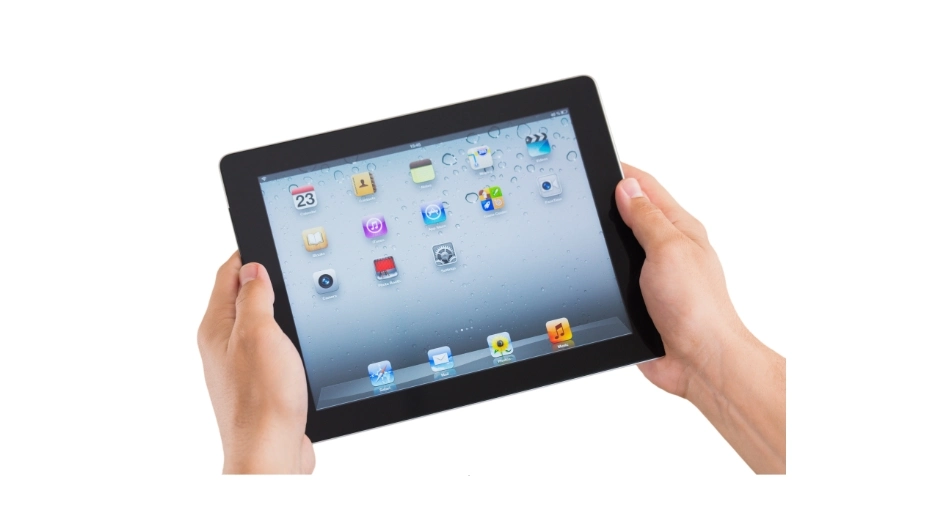
The standard iPad screen measures about 11 inches diagonally. This popular device is found in homes worldwide.
Its sleek design packs amazing computing power into a thin frame. The 11-inch screen size makes it perfect for reading or watching videos.
Apple researched carefully to choose this size. They wanted something big enough for content but small enough to carry.
The result is comfortable to hold without being too heavy. Many people use iPad cases for protection.
Even with these accessories, it remains portable. Next time you hold an iPad, you’re holding a perfect example of 11 inches.
2. Five Pool Balls in a Row
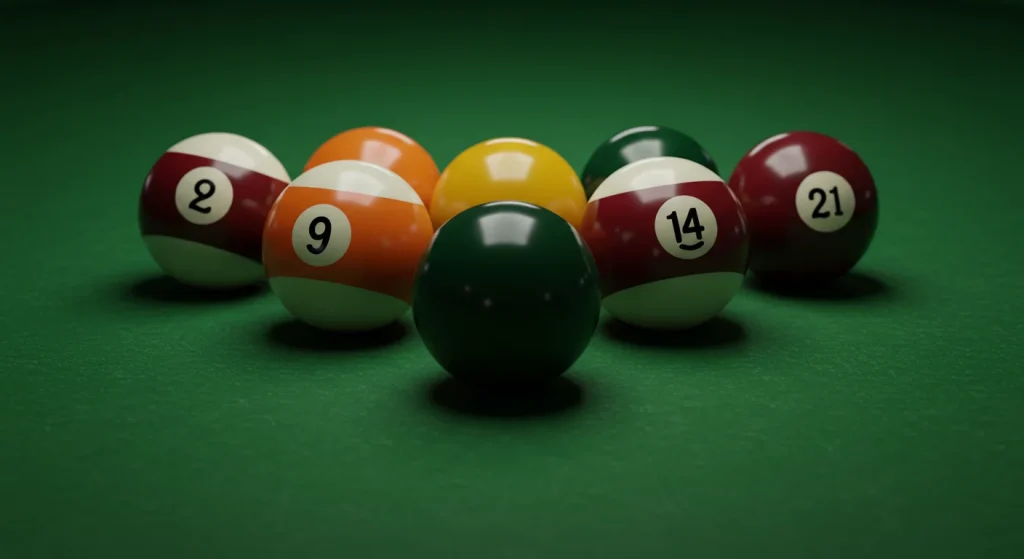
Each standard pool ball has a diameter of 2.25 inches. Place five of them in a straight line touching each other.
They’ll span almost exactly 11 inches. Pool balls come in bright colors with numbers printed on them. The solid balls range from 1 to 7. Striped balls go from 9 to 15.
Pool players develop a good sense of distance on the table. They can judge spaces and angles without measuring.
This skill comes from practice. Each ball weighs about 5.5 to 6 ounces. Their smooth surface feels satisfying to handle.
Try lining up five balls next time you’re at a pool table. You’ll see this 11-inch measurement in action.
3. A Standard Dinner Plate

A standard dinner plate measures between 10 and 12 inches across. Many are exactly 11 inches in diameter.
These plates are used daily in most homes. They provide enough space for a complete meal. Yet they’re not too bulky to store or wash.
Dinner plates come in countless designs and materials. Some are ceramic. Others might be glass, plastic, or bamboo.
Despite these differences, their size remains standard. The 11-inch dinner plate evolved through years of practical use.
It offers enough space to separate different foods. This size also fits well in dishwashers and cabinets.
4. Three Standard Playing Cards
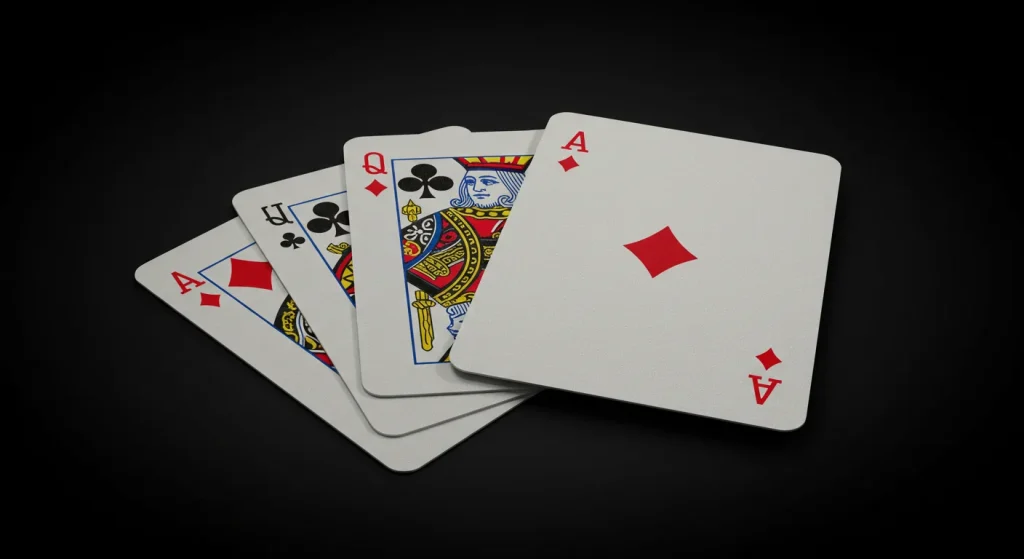
A standard playing card measures about 3.5 inches in length. Place three cards end to end. They span approximately 10.5 inches – very close to 11 inches.
Cards have been around for centuries. Their current size became standard for easy handling. The rectangular shape allows for easy shuffling. It also fits comfortably in most hands.
The gap between three cards (10.5 inches) and 11 inches is just half an inch. For most purposes, three playing cards make a good reference.
Cards are lightweight yet durable. They’re made from special card stock with smooth coatings. They can last through hundreds of games. Their consistent size makes them reliable measuring tools.
5. A Professional Screwdriver
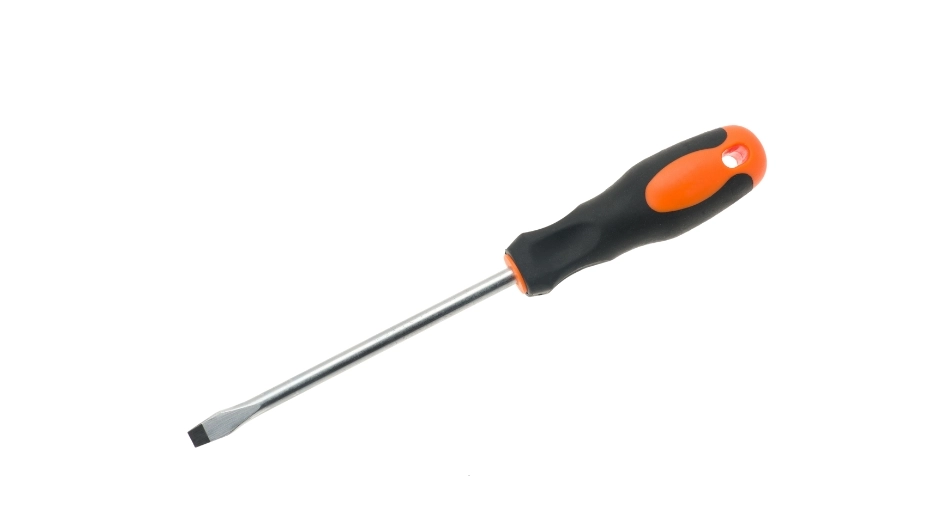
A medium-sized professional screwdriver is often about 11 inches long. This measurement goes from the tip of the handle to the end of the blade.
This size gives good leverage for turning screws. Yet it’s not too unwieldy for most tasks.
Screwdrivers come with different tip types. You might have flathead or Phillips versions. Their total length often stays similar.
The handle typically makes up about half the total length. The shaft forms the other half. This design has been refined over decades.
The 11-inch length provides enough torque for stubborn screws. It still fits into tight spaces when needed. Professional tools are built to last for years.
Check your screwdriver next time you’re fixing something. It might be exactly 11 inches long.
6. Eleven US Quarters
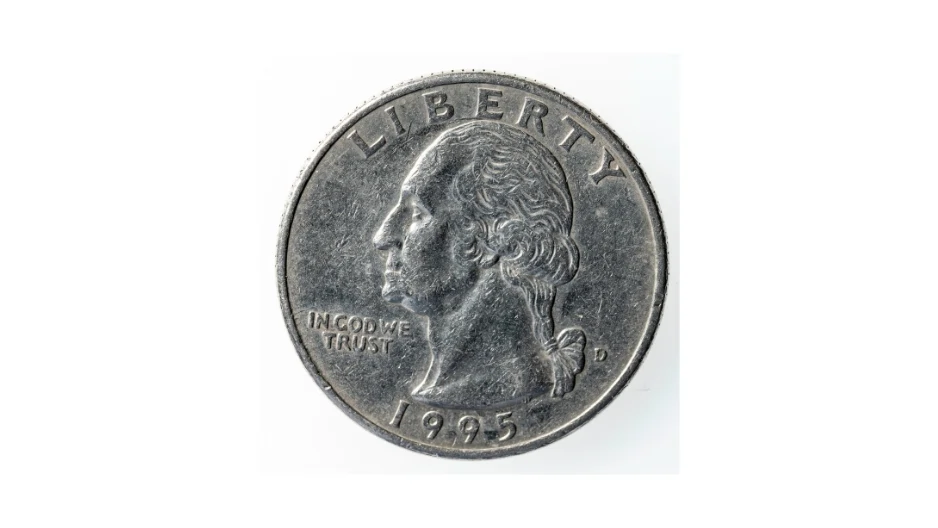
Each American quarter has a diameter of 0.955 inches. Line up eleven quarters in a row touching each other.
They stretch almost exactly 11 inches. Quarters feature George Washington on the front. The backs show various designs. Many have state commemorative images. These coins are made of copper-nickel alloy. This gives them their silver color and weight.
People have used coins as measuring tools for centuries. Before standard rulers, coins provided reference sizes. They were manufactured to consistent dimensions. Quarters make a satisfying sound when lined up. Children often enjoy arranging them. This makes quarters a fun way to teach measurement. Try lining up eleven quarters next time you have spare change.
7. Three Crayons
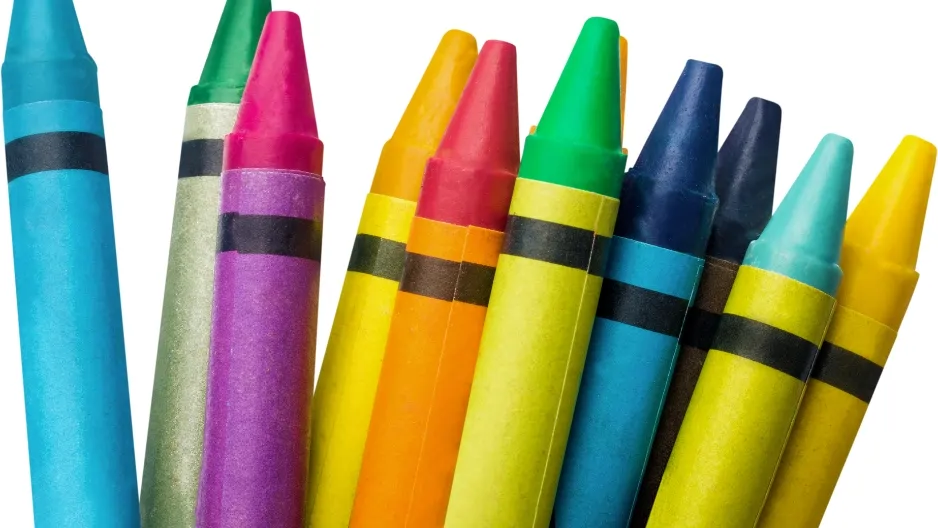
A standard new crayon measures about 3.5 to 3.75 inches long. Place three fresh crayons end to end. They reach approximately 11 inches.
Crayons come in boxes with dozens of colors. They range from basic primary shades to exotic hues. Their wax composition makes them perfect for young artists. They don’t dry out like markers. They’re also less messy than paint.
The cylindrical shape of crayons makes them easy to stack or line up. Though they get shorter with use, new crayons are perfect for measuring.
Many adults remember the smell of fresh crayons from childhood. Art teachers might find this measurement trick especially helpful. It works well when teaching young students about length.
8. A Small Acoustic Guitar Neck

The neck of a small acoustic guitar often measures around 11 inches. This measurement goes from the nut to the body joint.
The nut is where the headstock meets the neck. This section holds the fretboard. Musicians press the strings here to create different notes.
Guitar necks are typically made of hardwoods. Maple and mahogany are common choices. These woods provide strength and stability.
The length is carefully calculated. It creates proper spacing between frets for accurate notes. Different guitar styles have slightly different neck lengths. Many smaller models fall close to 11 inches. Classical guitars and travel guitars often have necks in this size range.
9. A Standard Shoe Box
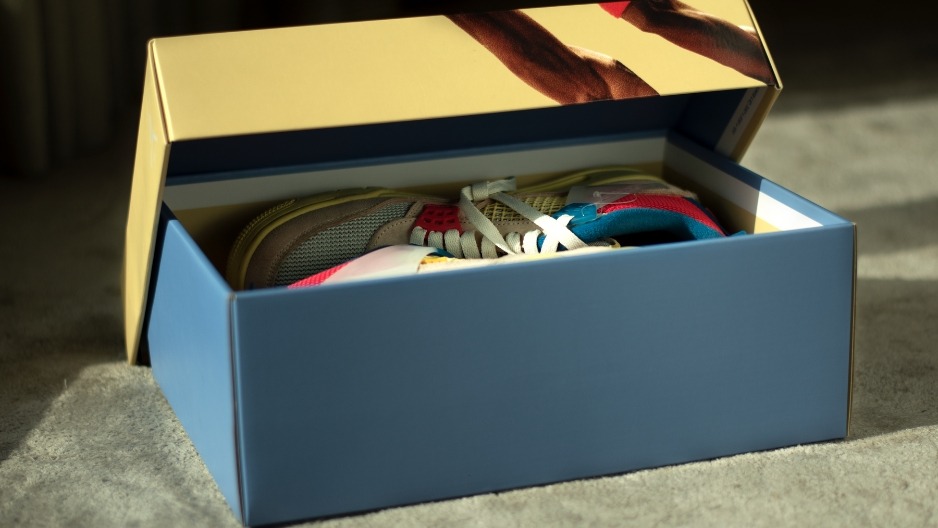
Many women’s and children’s shoe boxes measure close to 11 inches in length. These cardboard containers protect footwear during shipping.
Their rectangular shape makes them useful for storage. People often repurpose them for organizing small items. They’re great for photos or keepsakes too.
Shoe boxes are made of sturdy cardboard. They’re strong enough to stack but light enough to carry. Their standardized sizes help stores display inventory efficiently.
Some boxes feature decorative designs or logos. Others are simple and plain. Despite these differences, their dimensions remain consistent. Next time you buy shoes, check if the box is 11 inches long.
10. A Subway Sandwich
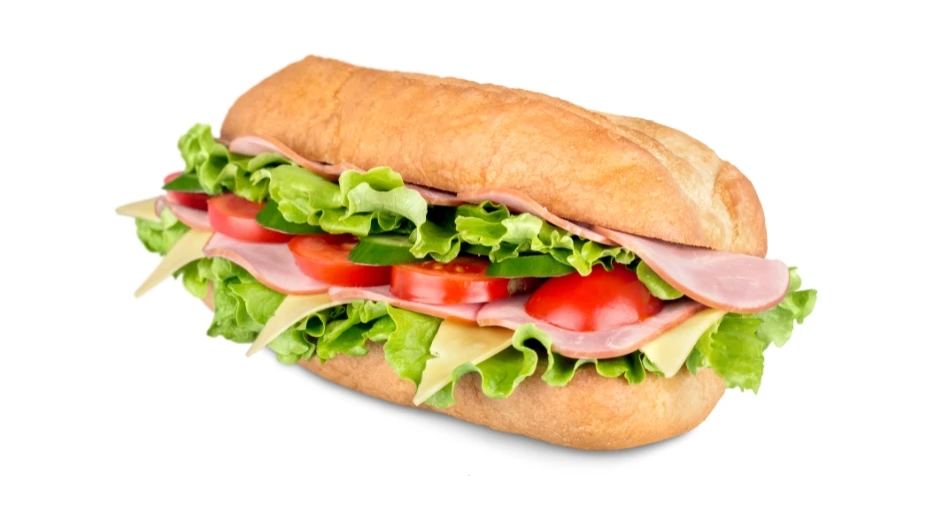
A regular “footlong” sub actually measures 11 inches at many sandwich chains. This fact became public after customers measured their sandwiches.
They found them shorter than expected. The baking process can cause variations in bread length. Many chains now aim for consistency at 11 inches.
These sandwiches are made on long rolls sliced lengthwise. They’re filled with meats, cheeses, vegetables, and condiments.
The bread is baked in special trays. These create the characteristic oblong shape. Submarine sandwiches got their name from their shape. They resemble submarines.
They’re popular for lunch because they’re filling and customizable. Next time you order a “footlong,” you’ll know it’s actually a handy 11-inch reference.
11. A Standard Piece of Copy Paper
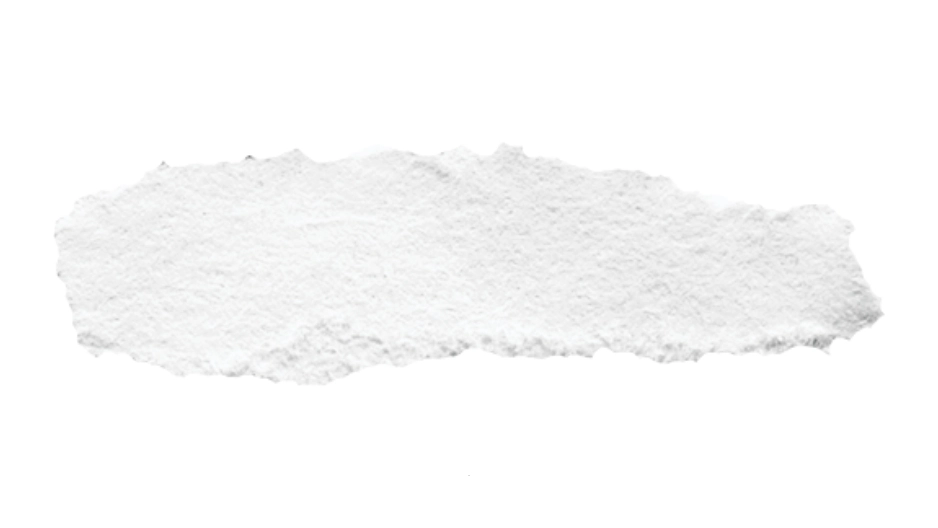
In North America, standard copy paper measures 8.5 by 11 inches. The 11-inch measurement is the length in portrait orientation.
This paper size is known as “Letter” format. It’s used for everything from school assignments to business documents. Billions of sheets are produced annually.
This paper fits perfectly in standard folders and binders. Filing cabinets are also designed around these dimensions.
Most printers are set up for this paper size by default. Need to check if something is about 11 inches long? Just grab a sheet of paper from your printer.
Use the longer edge for your measurement. This common office supply provides an easy reference point.
12. A Cooking Spatula

A standard cooking spatula typically measures about 11 inches from end to end. These kitchen tools are perfect for flipping pancakes.
They’re also great for removing cookies from baking sheets. Spatulas feature a handle on one end and a flat surface on the other. They’re made from materials like silicone, plastic, metal, or wood.
The 11-inch length provides enough reach for working with hot foods. It still allows good control of the tool.
The handle portion usually accounts for about 5-6 inches. The rest is the flat spatula surface. This balanced design puts your hand at a safe distance from heat.
It still allows precise food manipulation. Many home cooks have several spatulas in their kitchen. Next time you’re cooking, notice the length of this useful tool.
13. Half a Bowling Pin
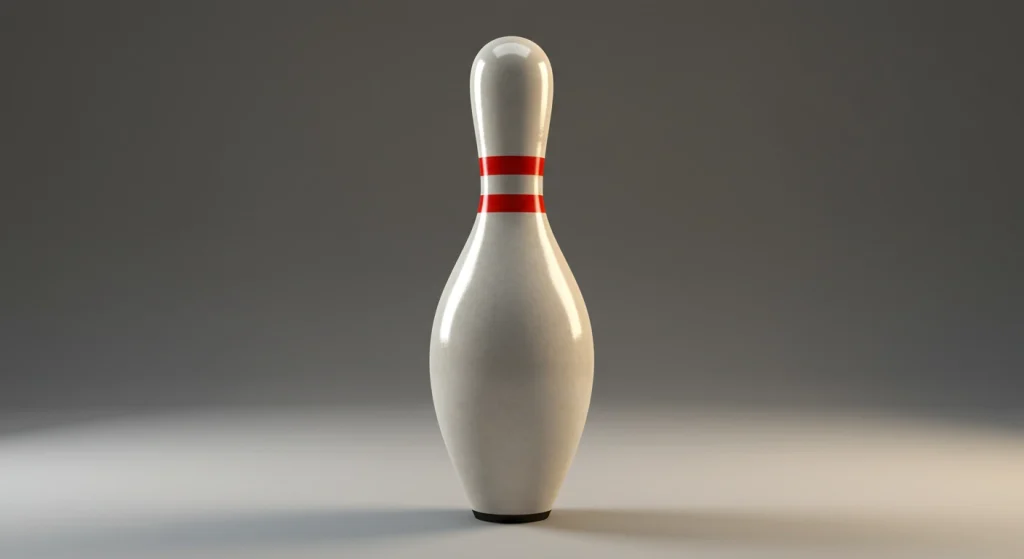
A standard bowling pin stands approximately 15 inches tall. Half its height is very close to 11 inches. Bowling pins have a distinctive curved shape.
They’re wider at the body and narrower at the neck and base. They’re typically made of hard maple wood. A plastic coating adds durability.
Bowling pins must meet strict specifications for official play. This ensures consistent size and weight. You probably don’t have a bowling pin at home.
But this common object provides another visual reference for 11 inches. The sound of bowling pins crashing together is instantly recognizable. These carefully crafted items are designed to fall spectacularly when struck.
Practical Uses for Knowing 11-Inch References
Knowing everyday objects that measure 11 inches has practical benefits. It helps when you need to estimate measurements without tools.
Home improvement projects often require quick measurements. Having these references in mind can save time.
Cooking and crafting also benefit from size estimation. Teaching children about measurement becomes easier with tangible examples.
Visual designers and artists can use these references for proportion work. Next time you need to estimate 11 inches, just think of these common items.
Comparison Table: 11-Inch Objects
| Object | Exact Length | Material | Where to Find |
|---|---|---|---|
| iPad Screen | 11 inches (diagonal) | Glass | Homes, offices |
| Five Pool Balls | 11.25 inches | Resin | Pool halls, game rooms |
| Dinner Plate | 10-12 inches | Ceramic, glass, plastic | Kitchens, restaurants |
| Three Playing Cards | 10.5 inches | Card stock | Game cabinets, drawers |
| Screwdriver | 11 inches | Metal, plastic | Toolboxes, workshops |
| Eleven Quarters | 10.51 inches | Metal | Pockets, coin jars |
| Three Crayons | 10.5-11.25 inches | Wax | Schools, craft areas |
| Guitar Neck | 11 inches | Wood | Music rooms |
| Shoe Box | 11 inches | Cardboard | Closets, storage areas |
| Subway Sandwich | 11 inches | Food | Sandwich shops |
| Copy Paper | 11 inches | Paper | Offices, printers |
| Cooking Spatula | 11 inches | Silicone, metal, plastic | Kitchens |
| Half Bowling Pin | 7.5 inches | Wood, plastic | Bowling alleys |
FAQ About 11-Inch Measurements
How does 11 inches compare to other common measurements?
Eleven inches is just under one foot (12 inches). It’s slightly less than a ruler’s length. In metric, it equals about 27.94 centimeters. It’s also approximately 0.92 feet or 0.31 yards.
Why do I need to know what objects are 11 inches long?
Having reference points for measurements helps when you lack measuring tools. It improves your spatial awareness. It can be useful for quick estimates during projects. It also helps with teaching measurement concepts to children.
Are there any digital tools that can measure 11 inches?
Many smartphone apps can measure lengths using the camera. Most modern phones have built-in measuring tools. These can be handy alternatives when physical measuring tools aren’t available.
How accurate are these everyday objects for measuring 11 inches?
Most of these objects are close approximations. They may vary slightly due to manufacturing differences. For precise measurements, always use proper measuring tools. These objects are most useful for estimation.
What’s the difference between 11 inches and 30 centimeters?
11 inches equals 27.94 centimeters. This is about 2.06 centimeters less than 30 centimeters. The difference is small—less than an inch. For rough estimations, 11 inches and 30 centimeters are often used interchangeably.